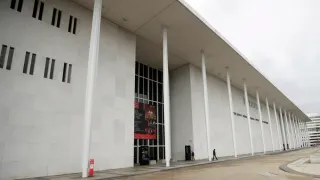January 9, 2019
The End of California Foie Gras: State Ban Stands
READ TIME: 1 MIN.
If you're a lover of liver from duck or geese, your days of gorging on the delicacy are numbered in California.
A state ban of the dish known as foie gras (fwah-GRAH') was upheld after the U.S. Supreme Court declined Monday to hear an appeal by farms that raise the engorged birds and chefs who served the luxury pate.
A federal appeals court that upheld the ban in 2017 must issue a final order for the ban to take effect.
The issue has been simmering in courts for years since lawmakers in 2004 barred California farmers from producing it because the birds are force fed.
Farmers in Canada and New York and a restaurant challenged part of the law that banned liver produced out of state from being sold.






